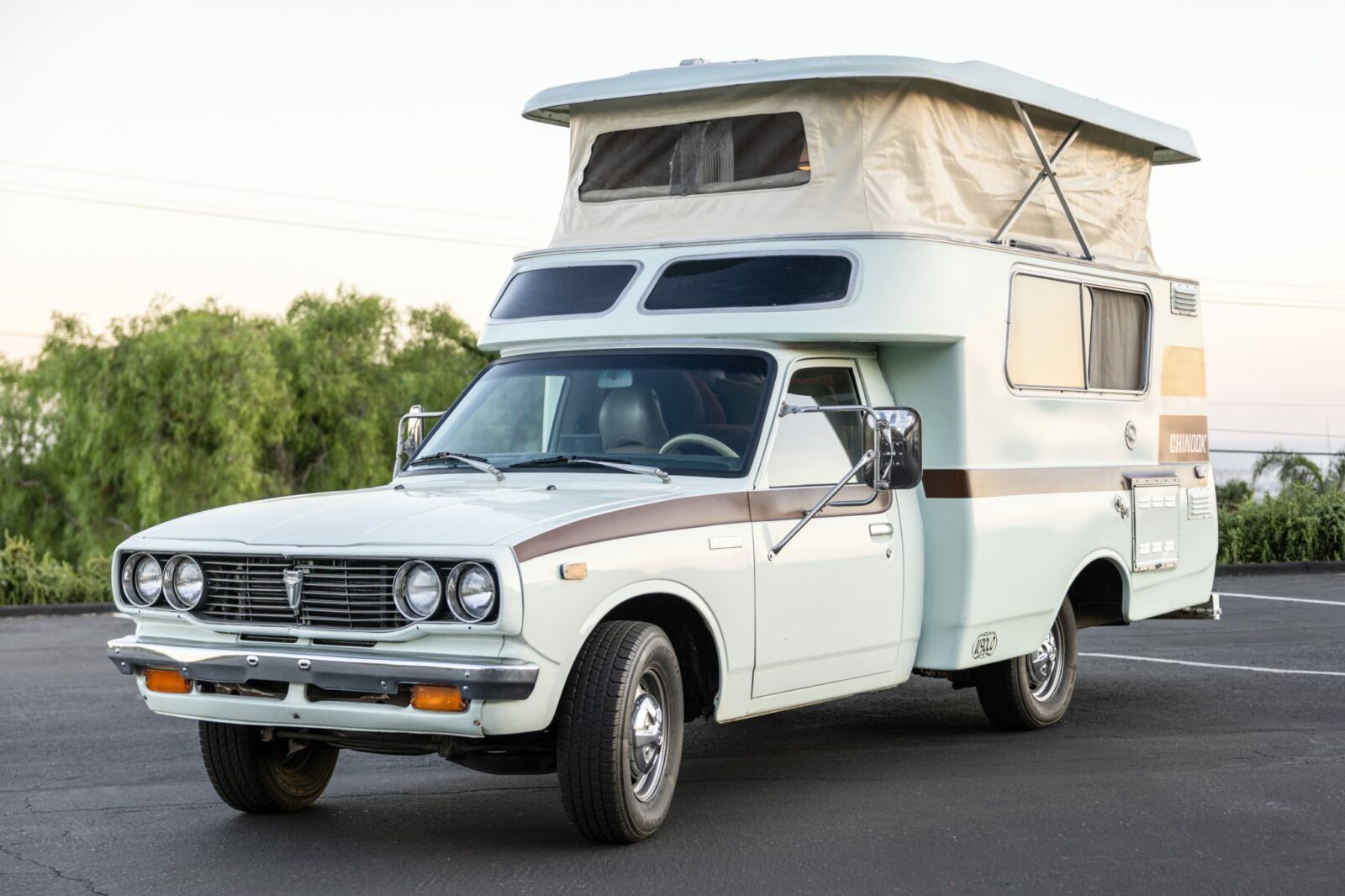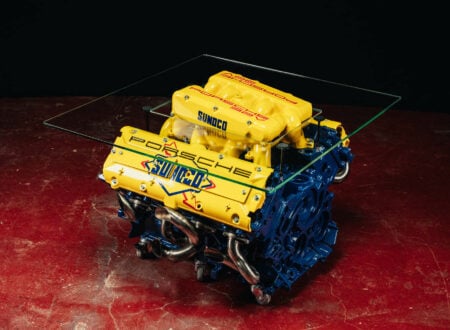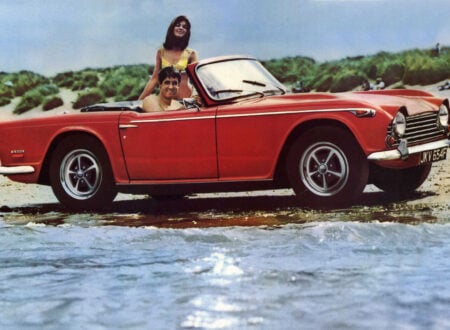This is a rare, original 1976 Toyota Chinook. It represents an unusual chapter in RV history when many major manufacturers, including General Motors, Chevrolet, and Toyota all had their own campers/RVs in production that could be bought through their dealership networks.
The Toyota Chinook was the result of the largest agreement Toyota had ever signed with a U.S. manufacturer up until that point in time. Chinook International would retrofit their campers to a Toyota Hi-Lux cab and chassis which would then be sold through Toyota dealers.
Fast Facts – The Toyota Chinook
- Chinook was founded in 1938 by Sy and Rose Mair in Orange County, California. This makes it one of the oldest brand names in the American RV industry. The company worked with a number of vehicle manufacturers over the years, but are best known today for their close partnership with Toyota back in the 1970s.
- The Toyota Chinook was originally marketed as the world’s first “micro mini-motorhome.” It was released in 1973 as a joint-project between Toyota Motor Sales, U.S.A., Inc. and Chinook International – with camper manufacturing happening at the La Verne, California Chinook plant.
- The vehicle was based on the Toyota Hi-Lux cab and chassis, originally a rear-wheel drive only mini-pickup truck introduced into the US market in 1968 as a competitor for the Datsun Truck. These two vehicles competed at the cheaper end of the pickup truck market, and proved popular. In later years the Hi-Lux name would be simplified to Hilux, but it would be dropped altogether for the US market where it was sold as the “Toyota Truck.”
- The Toyota Chinook you see here is a 1976 model, this means it’s one of the later examples that benefits from a number of upgrades that were applied to the series over the production run – including a stronger chassis and more powerful engine. It’s now being offered for sale out of Ventura, California on Bring a Trailer.
The Toyota Chinook: A History Speedrun
In the early 1970s innovative idea was brewing at Toyota, as the company continued to work to find new ways to further appeal to the US market. Since its U.S. launch in the late 1960s, the compact Toyota Hi-Lux pickup truck had inspired DIY enthusiasts to retrofit it with budget-friendly homemade campers.
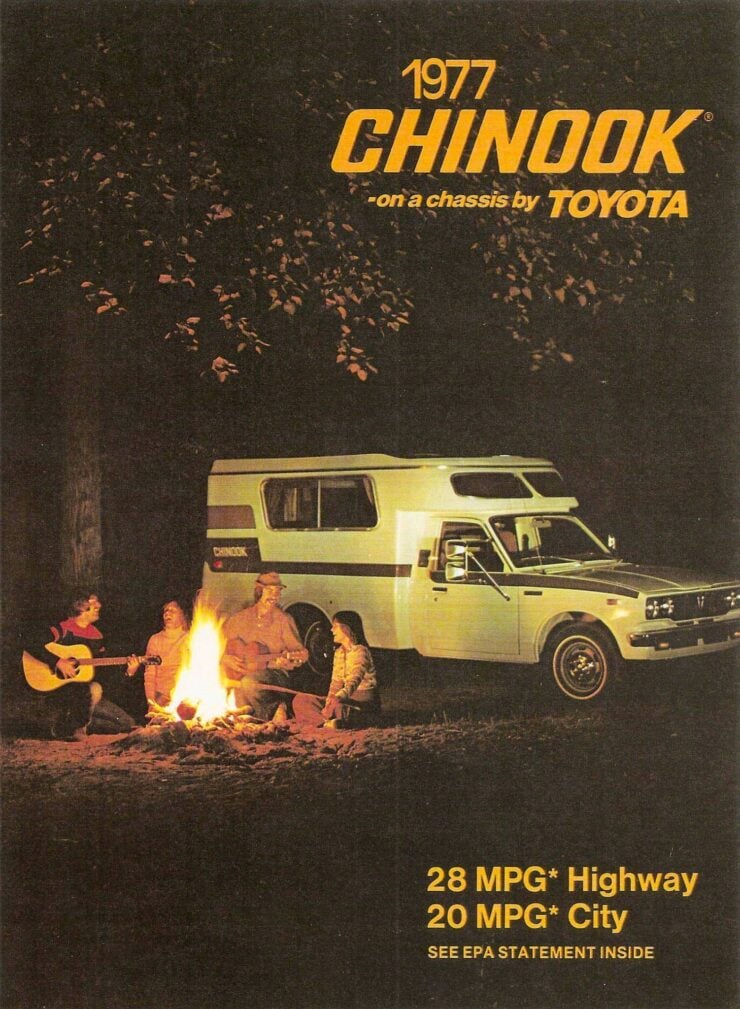

Recognizing this trend of increasingly popular RV and camper conversions, Toyota and Chinook collaborated in 1971 to design what they called the world’s first “micro mini-motorhome.”.
By 1973, they signed an agreement, committing to jointly produce and market these vehicles in the US. Under the deal, a Chinook subsidiary would manufacture the compact motorhome using a modified Toyota Hi-Lux cab and chassis. This collaboration, initially named the Toyota-Chinook Mini-Motorhome, was set for exclusive sale through Toyota dealerships.
This partnership marked Toyota’s most significant US collaboration. Their joint project aimed to produce a upwards of 4,000 units in the first year, but both companies projected production could reach up to 10,000 units.
Production began in 1973 at Chinook’s plant in La Verne, California. The vehicles were initially sold in the western US, but plans were in place to expand distribution further. The mini-motorhomes combined fuel efficiency with more car-like handling than their 4×4 counterparts, making them popular, especially among Southern California’s outdoor enthusiasts.
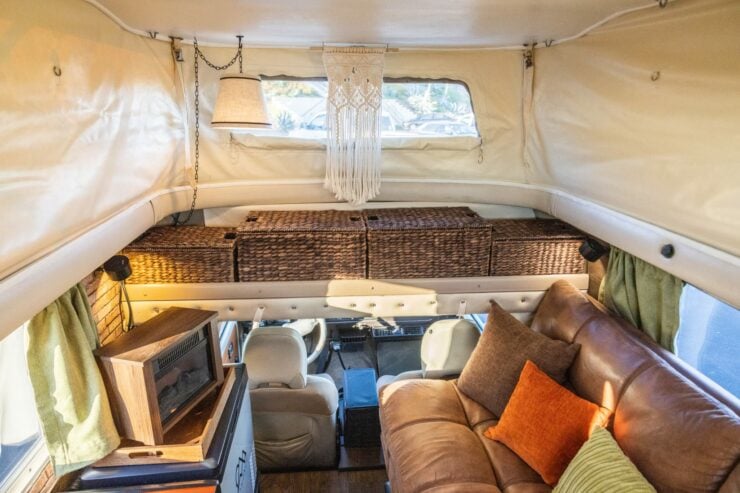

The original Toyota-Chinook models of 1973-74 were equipped with Toyota’s 18R engine. Advertising material for the vehicle emphasized fuel efficiency and incorporated features like storage cabinets, sinks, dinettes, and sleeping arrangements for a small family.
Some initial models had flaws, prompting refinements in subsequent production models – by 1975, the vehicles saw improvements like a strong steel-reinforced frame, a frame-mounted step bumper, and the larger and more powerful 20R engine. These updates made the vehicle more durable and improved its performance on roads, answering many of the complaints from the earlier specification Toyota Chinooks.
Despite its popularity, some issues were reported, especially concerning the rear axle and suspension. Some have claimed that these complaints may have stemmed from owners overloading the vehicles, but Toyota still strengthened the chassis and suspension specifically to address the concerns.
By 1978, the collaboration term with Toyota concluded, and Chinook began selling their models through both Toyota and independent RV dealerships. Although 1978 marked the end of the Toyota-Chinooks production run, some units, built on the 1978 chassis, were sold as 1979 models.
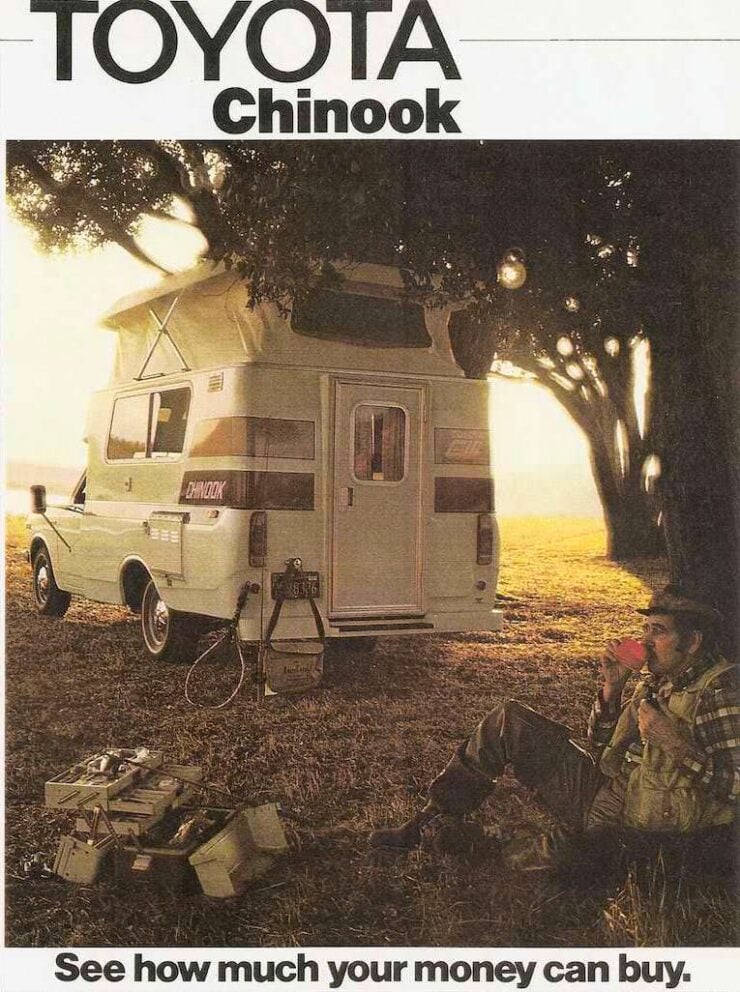

A number of these “micro” RVs remain operational today, decades after their production, though most seem to have been scrapped or succumbed to rust.
The 1976 Toyota Chinook Shown Here
The vehicle you see here is a 1976 Toyota Chinook, as a later post-1975 model it benefits from the uprated chassis, stronger steel-framed camper shell, and the more powerful 2.2 liter 20R inline-four cylinder engine.
The body was refinished in white with two-tone brown stripes in 2019. As you would expect it has a pop-up roof, as well as extended side-view mirrors, utility hookups, and a rear entrance door. Solar panels have been mounted to the top more frequently, and an outdoor shower tent is included in the sale.
Inside the camper rear you’ll find a a folding sofa that converts to a bed, USB-equipped power outlets, and a kitchenette with a 30 gallon water tank, a two-burner propane stovetop, and a sink with running water.
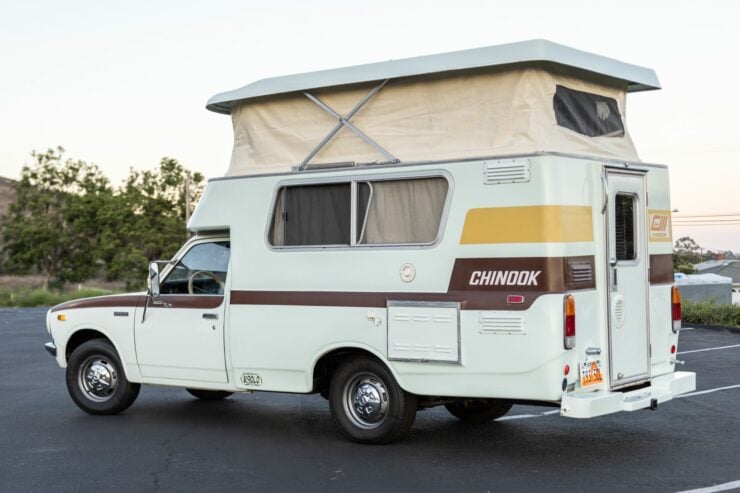

More recently it’s been upgraded with brick-patterned wallpaper, woodgrain flooring, a Domende 12v refrigerator, a hidden Porta-Potti, and an 1,800-watt inverter.
The 2.2 liter 20R inline-four has a single carburetor and it sends power back to the rear wheels through a 4-speed manual transmission. The clutch master cylinder was replaced in 2022 and the oil was changed in preparation for the sale.
It’s now being offered on Bring a Trailer out of Ventura, California and it’s likely to be one of the more affordable campers if prior sales prices of Toyota Chinooks are anything to go by. If you’d like to read more about it or register to bid you can visit the listing here.
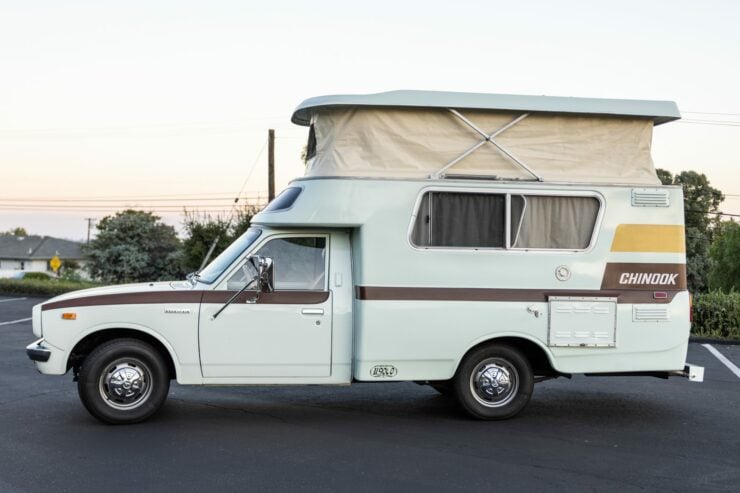
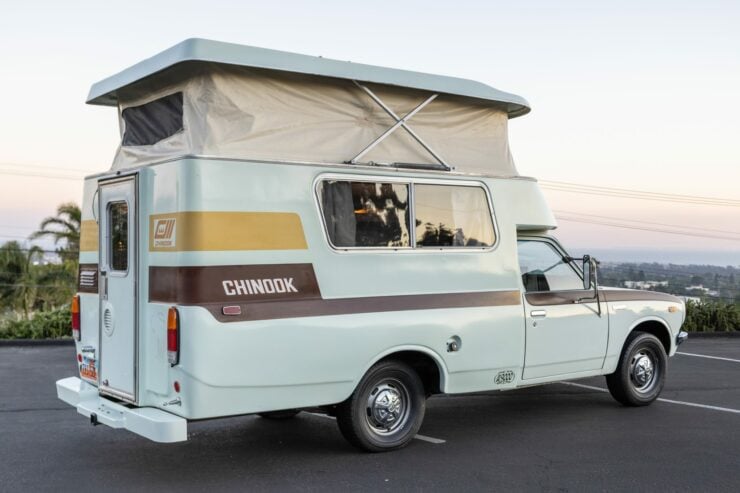
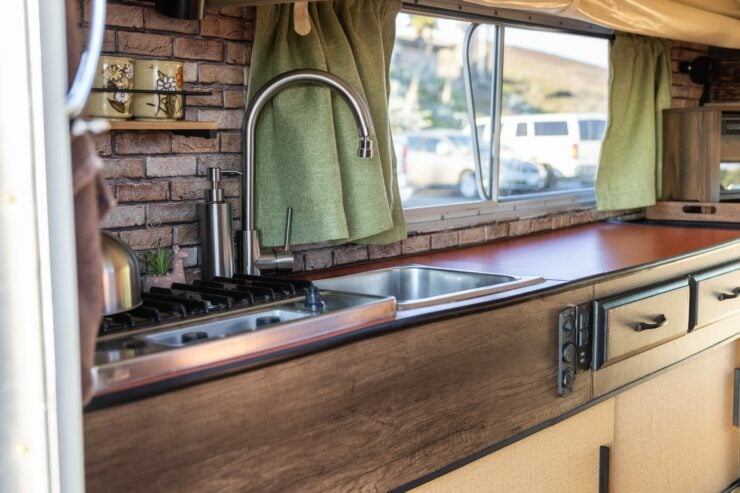
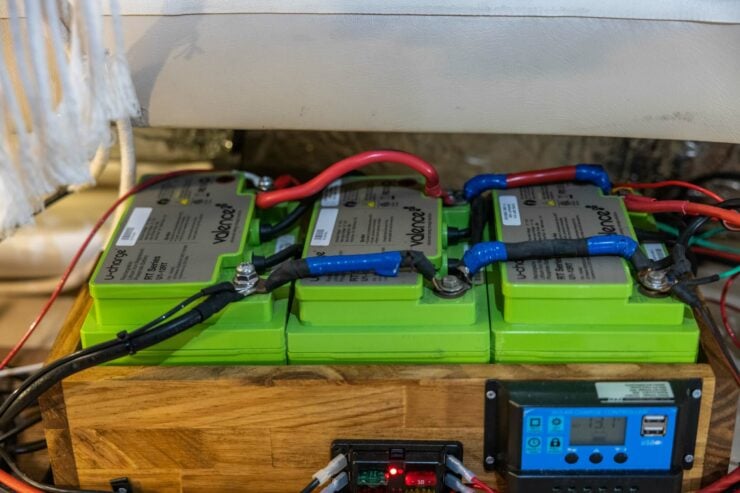
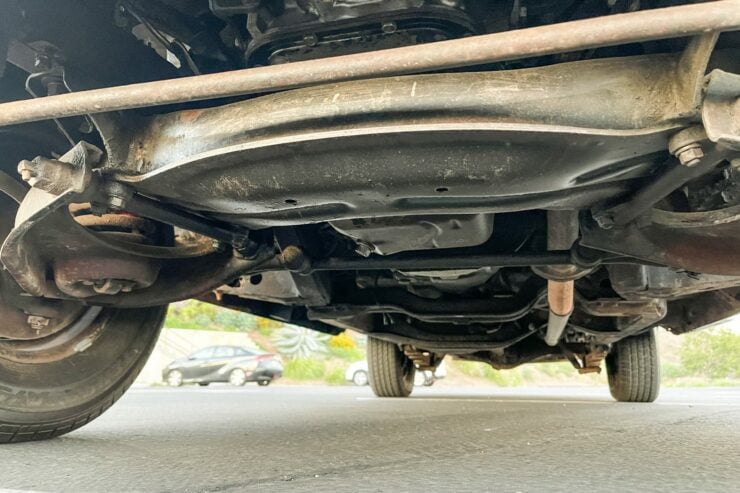
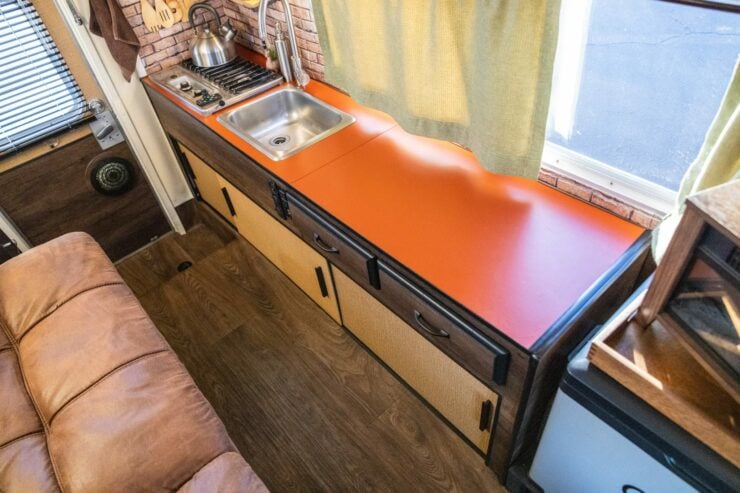
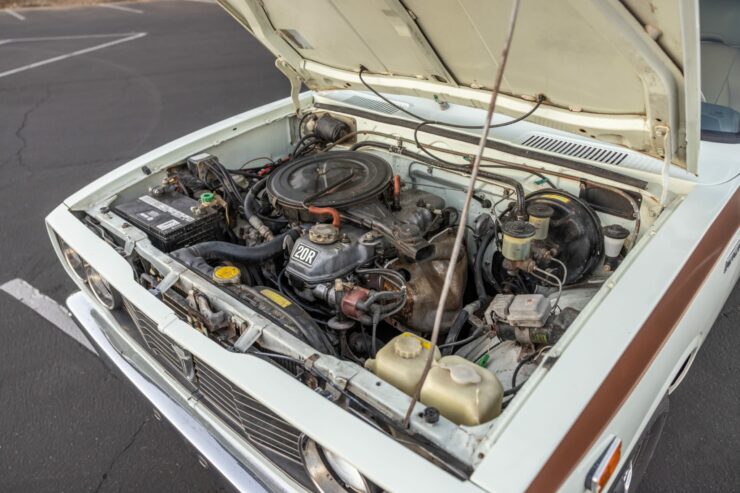
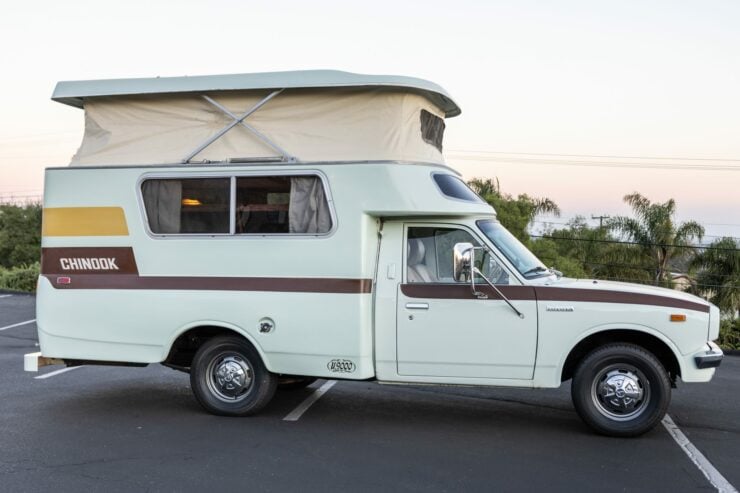
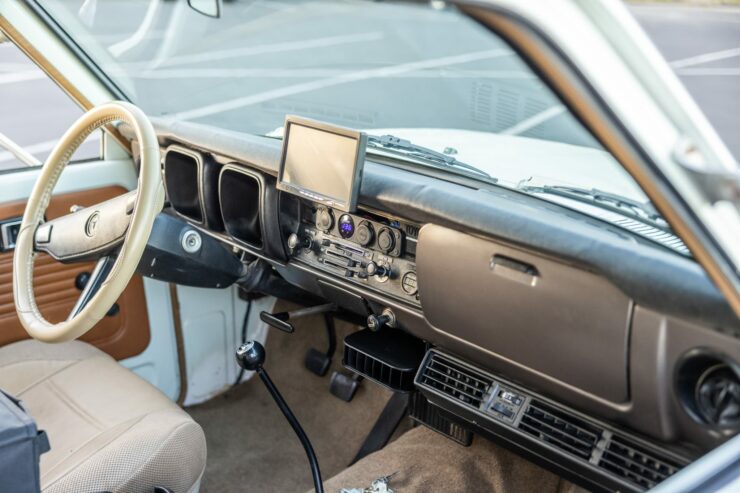
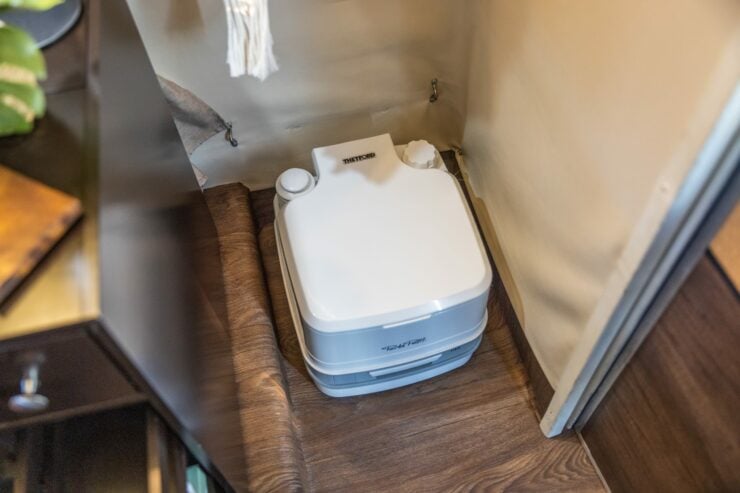
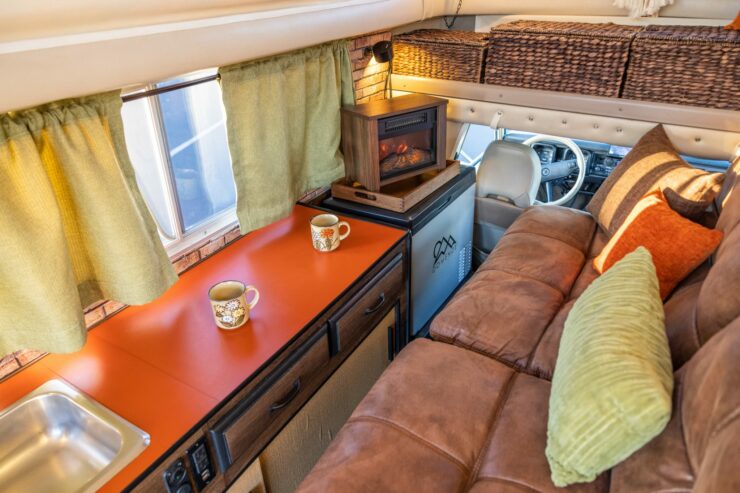
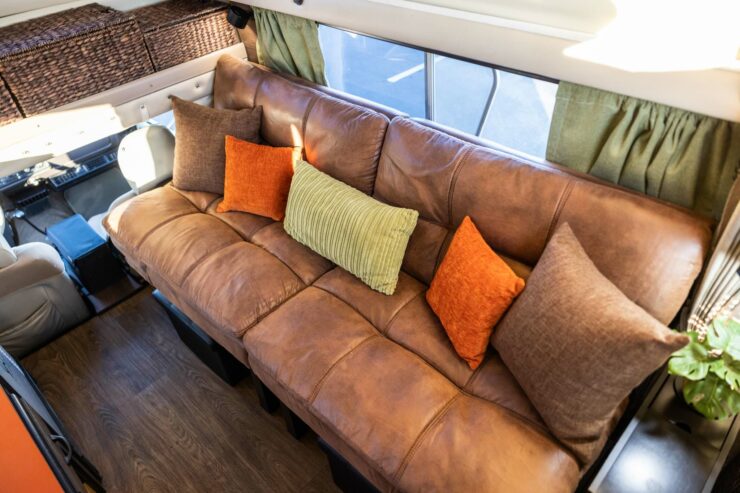
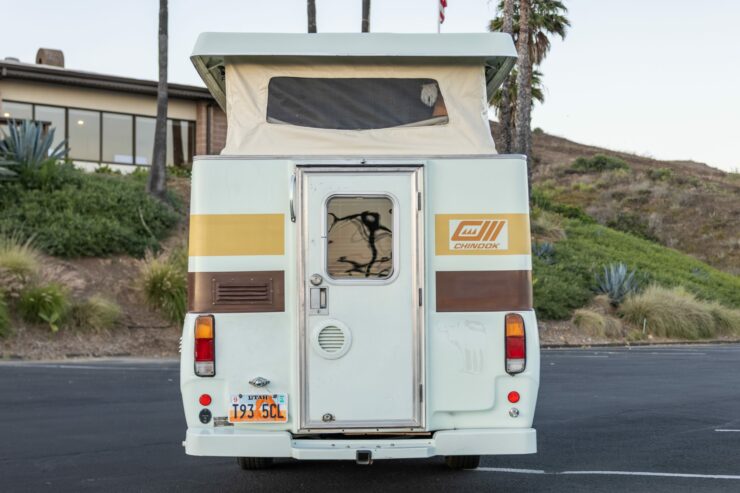
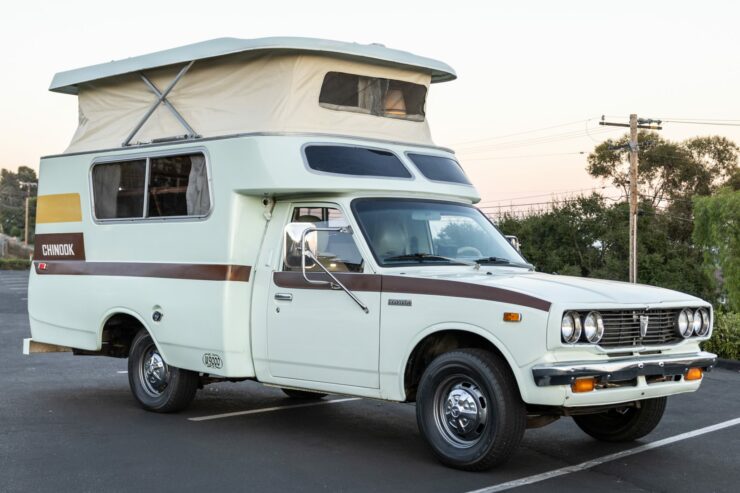
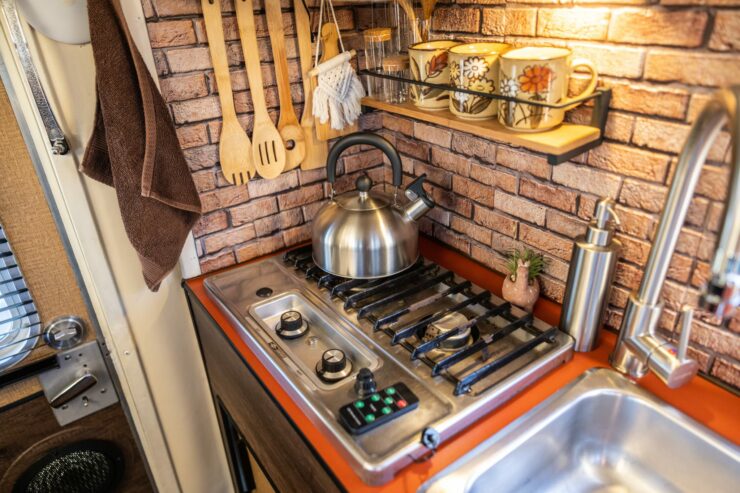
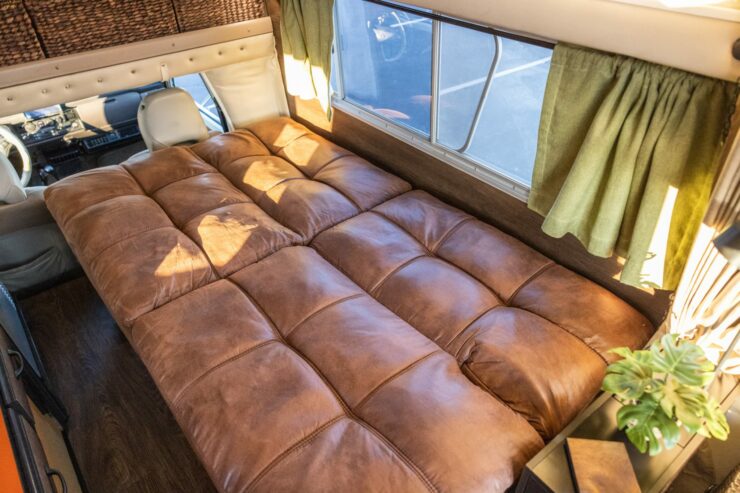
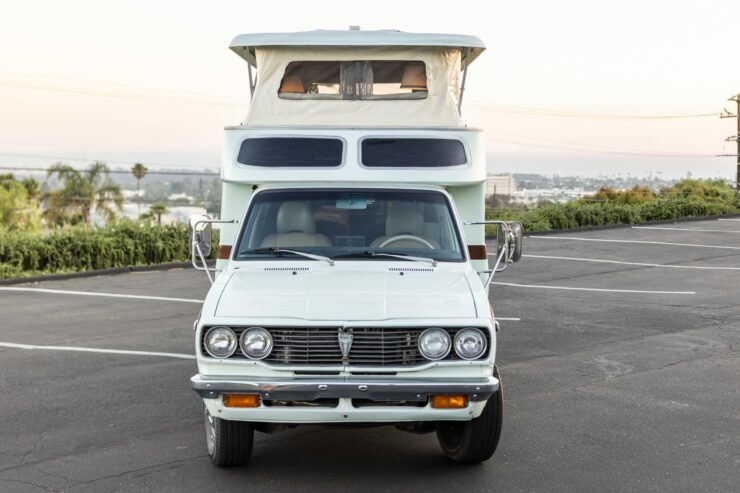
Images courtesy of Bring a Trailer

Articles that Ben has written have been covered on CNN, Popular Mechanics, Smithsonian Magazine, Road & Track Magazine, the official Pinterest blog, the official eBay Motors blog, BuzzFeed, Autoweek Magazine, Wired Magazine, Autoblog, Gear Patrol, Jalopnik, The Verge, and many more.
Silodrome was founded by Ben back in 2010, in the years since the site has grown to become a world leader in the alternative and vintage motoring sector, with well over a million monthly readers from around the world and many hundreds of thousands of followers on social media.

